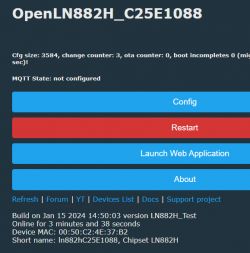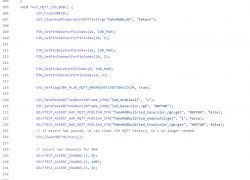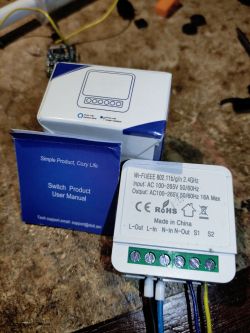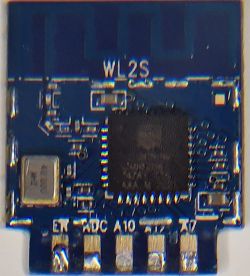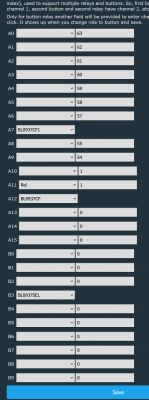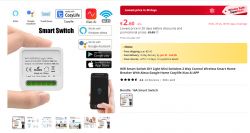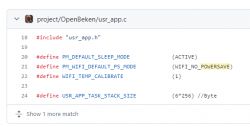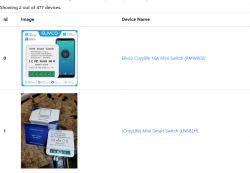divadiow wrote:Somehow I messed up the wifi and it was no longer broadcasting OpenLNxxx, even after re-flashing and reboots. Flashing back to stock also made it discoverable in the Cozylife app (maybe this is just the bluetooth bit?), but it would not complete the setup on any of my 2.4Ghz networks (always with wifi setup failed type error in app). Switched firmware back and forth a few times.
Finally fixed with an erase of flash then a fresh OpenLN flash.
-power up with BOOT low as normal
-switch to RAMCODE mode withLN882H_CMD_Tool.exe COM9 download ram 0x20000000 .ConfigLN882H_RAM_BIN.bin
-confirm boot mode changed to ramcode mode withLN882H_CMD_Tool.exe COM9 mode read
-erase all flash withLN882H_CMD_Tool.exe COM9 flash erase_all
-flash OpenLN as normal withLN882H_CMD_Tool.exe COM9 download flash 2000000 0x0 flashimage.bin
Added after 19 [minutes]:
different mac address now
Good work!
The MAC addresses are generated from random data after a flash erase (1 MAC for AP, 1 for STA).
Another way to get into RAMCODE mode is to issue a "read_with_download" command. This will load the RAMCODE for you.
LN882H_CMD_Tool.exe COM9 flash read_with_download 0x 0x10STA data is stored in flash, so I guess somehow, flash got overwritten between different flashes and corrupted.
Full erase causes a "factory reset"
-(e)







